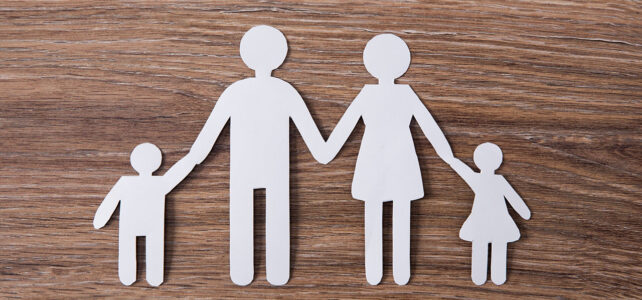Family Day is a special occasion that brings families together to celebrate their bonds and create lasting memories. Whether you have a small family or a large extended one, there are countless activities you can enjoy to mark the day.…


Family Day is a special occasion that brings families together to celebrate their bonds and create lasting memories. Whether you have a small family or a large extended one, there are countless activities you can enjoy to mark the day.…

Father-son relationships are unique, filled with shared experiences, deep connections, and lifelong memories. To commemorate this special bond, many choose to get matching tattoos that symbolize their relationship. This article explores the top 50 father and son tattoos, showcasing the…

Maternity and paternity mark one of the most transformative phases in a person’s life. As new parents, individuals are confronted with a range of emotions, responsibilities, and expectations. The journey can be as exhilarating as it is challenging. Understanding the…

The concept of biparental families refers to family units where two parents share the responsibility of raising children. This structure is often associated with the traditional nuclear family, but it can encompass various dynamics and arrangements. What are biparental families?…

The family is a fundamental institution in society, playing a crucial role in the development and well-being of individuals. The functions of the family extend beyond mere biological relationships, encompassing social, emotional, economic, and cultural aspects. Socialization and education One…

Parenting is a complex and dynamic journey, with various approaches and methods that reflect individual beliefs, cultural backgrounds, and personal experiences. Understanding the different types of parents can provide valuable insights into the diverse ways in which parents raise their…

The concept of family is complex and varied, encompassing a broad range of structures, relationships, and dynamics. To better understand the diversity of families, it’s helpful to examine different examples of family situations. These examples illustrate the unique circumstances and…

Family structures have evolved significantly over the years, with various configurations emerging to reflect societal changes and cultural diversity. The types of contemporary families encompass a wide range of family arrangements that differ from the traditional nuclear family model. What…

The concept of the traditional family has been a cornerstone of many societies for centuries. Traditionally, this term refers to a family structure consisting of a married couple with their biological or adopted children, often with clearly defined gender roles…

In today’s society, the concept of family has evolved to encompass a broad range of structures, relationships, and dynamics. The term family diversity captures this rich tapestry of family forms, acknowledging that families can be defined in many ways beyond…